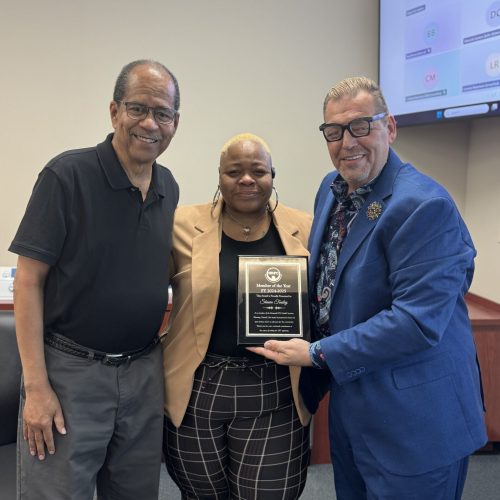- HIV Health Service Planning Council
- HIV Planning Council Committee Members
HIV Planning Council Committee Members
HIV Planning Council Committee Members
|
Committee Name
|
Member Name
|
|---|---|
|
Community Empowerment Committee (CEC)
|
Tinsley, Shawn – Chair
Chery-Davis, Edna – Vice-Chair Bhrangger, Ronald Davis, Elizabeth Dudelzak, Eliza Franks, Herb Hayes, Kendra Madadi, Pranav Marcoviche, William Robertson, Lorenzo Shore, Dr. Robert Tyler, Natalie |
|
System of Care Committee (SOC)
|
Castillo, Jose – Chair
Hayes, Kendra – Vice-Chair D’Amore, Franchesca De La Nuez, Julio Murphy, Alex Pietrogallo, Tom |
|
Membership/Council Development Committee (MCDC)
|
Moragne, Dr. Timothy – Chair
Vacant – Vice-Chair Creary, Karen Cutright, Aaron Hadley, Robert McLeod, Serena Robertson, Lorenzo |
|
Quality Management Committee (QMC)
|
Fortune-Evans, Bisola – Chair
D’Amore, Franchesca – Vice-Chair Biggs, Von Creary, Karen Jimenez, Rafael McLeod, Serena Williams, Colby |
|
Priority Setting & Resource Allocation (PSRA) Committee
|
Barnes, Brad – Chair
Schweizer, Dr. Mark – Vice-Chair Barrientos, Yahaira Biggs, Von Castillo, Jose Fortune-Evans, Bisola Hafley, Shalisa Jimenez, Rafael Machado, Alondra Mester, Brad Robertson, Lorenzo Rodriguez, Joshua Rogers, Jonathan Schickowsk, Kara Tinsley, Shawn |
|
Executive Committee
|
Robertson, Lorenzo – Chair
Biggs, Von – Vice-Chair Tinsley, Shawn – CEC Chair Chery-Davis, Edna – CEC Vice-Chair Castillo, Jose – SOC Chair Hayes, Kendra – SOC Vice-Chair Moragne, Timothy – MCDC Chair Vacant – MCDC Vice-Chair Fortune-Evans, Bisola – QMC Chair D’Amore, Franchesca – QMC Vice-Chair Barnes, Brad – PSRA Chair Schweizer, Dr.Mark – PSRA Vice-Chair |
HIV Planning Council Members
|
|
Member Name
|
|---|---|
|
Planning Council Members
|
Robertson, Lorenzo – Chair
Biggs, Von – Vice-Chair Barnes, Brad Barrientos, Yahaira Bhrangger, Ronald Castillo, Jose Creary, Karen Cutright, Aaron D’Amore, Franchesca Davis, Elizabeth De La Nuez, Julio Dudelzak, Eliza Fortune-Evans, Bisola Hadley, Robert Hafley, Shalisa Hayes, Kendra Jimenez, Rafael Machado, Alondra Madadi, Pranav Marcoviche, William Mester, Brad Moragne, Dr. Timothy Rodriguez, Joshua Rogers, Jonathan Schweizer, Dr. Mark Tinsley, Shawn Williams, Colby |
Member Recognition

The Member of the Year award was proudly presented to Shawn Tinsley in recognition of her steadfast dedication as a member of the Broward HIV Health Services Planning Council and Chair of the Community Empowerment Committee (CEC). This honor celebrates her tireless advocacy for the community and unwavering commitment to ending the HIV epidemic. Thank you, Shawn, for being a powerful force in this critical work.

